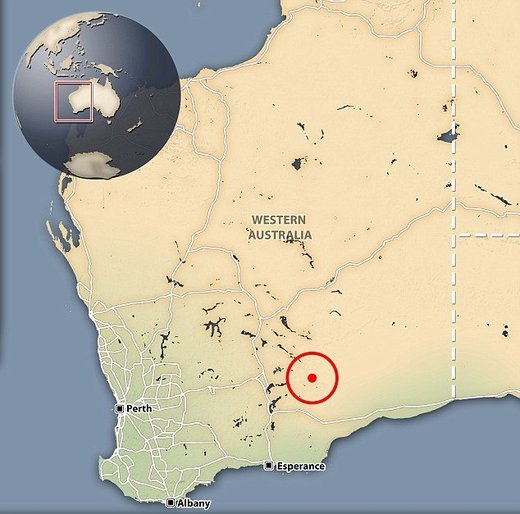
Quake that shakes WA goldfields on Saturday and Sunday caused by tectonic plate stress
An earthquake that shook Western Australia's goldfields overnight had the strength of an "atomic bomb" blasting underground.
Three earthquakes hit near Norseman, including a magnitude 5.2 tremor reportedly felt as far away as Perth.
The first was a 4.9 magnitude quake about 6km under the surface hitting about 11.30pm local time, then the 5.2 was about an hour later and the last was a 3.2 magnitude tremor about 1.44am on Sunday.
Geoscience Australia senior seismologist Dan Jaksa said it was the largest event in WA since the magnitude five earthquake in Kalgoorlie in April 2010, which left several buildings badly damaged.
He said the quakes were caused by tectonic stress due to Australia's continental plate moving about seven centimetres a year and the one that hit shortly after midnight was the equivalent to an atomic bomb going off.
"When we see a nuclear test occur, they're generally a magnitude five," Jaksa said.
Geoscience Australia asks the public to fill out surveys on their website whenever they feel tremors.
Jaksa said so far about 100 surveys had been filled since midnight, including reports of the quakes being felt in Perth and Esperance, hundreds of kilometres away.

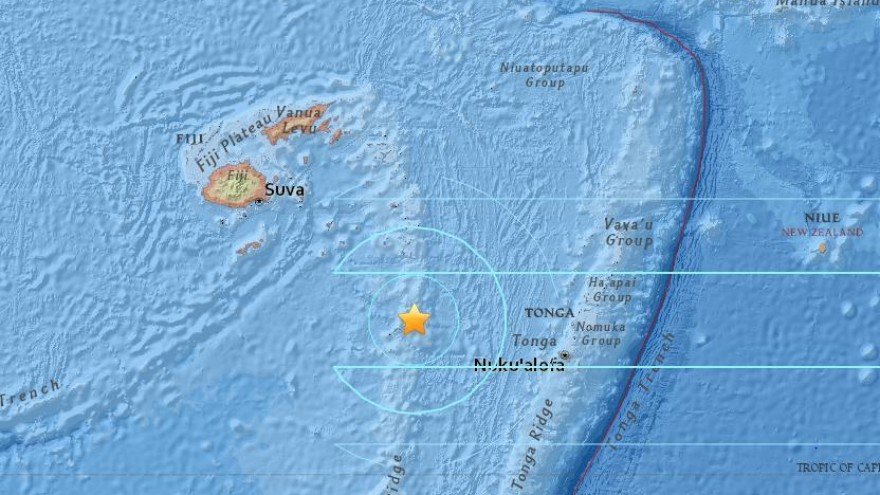
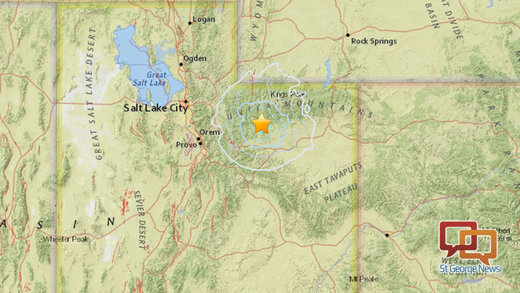
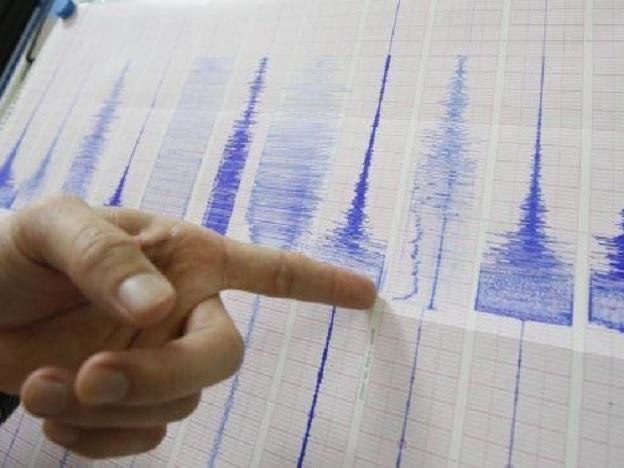
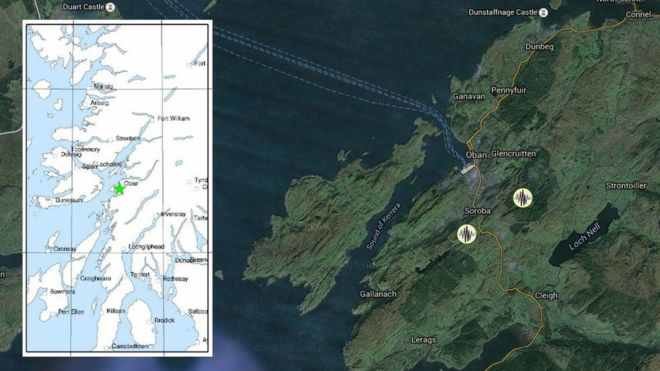
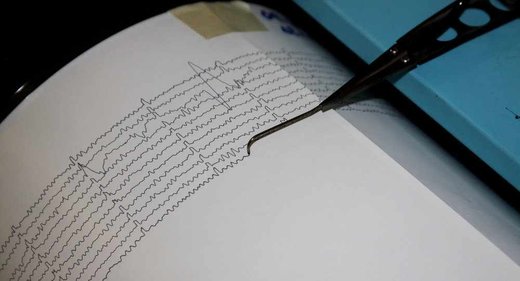
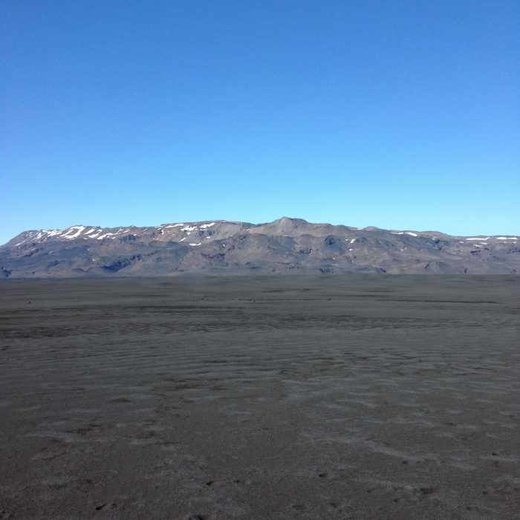
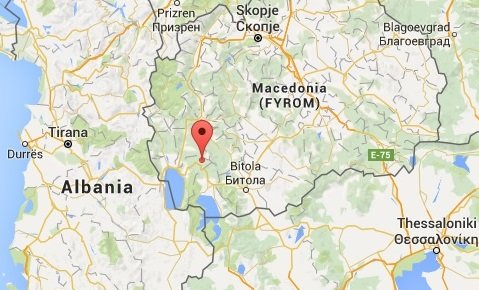
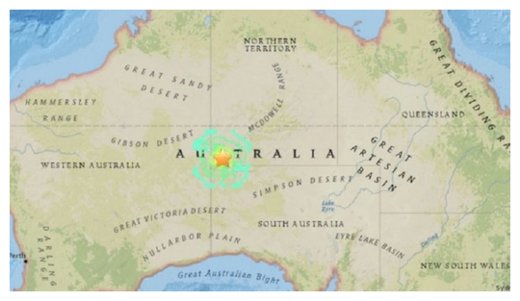



Comment: Historical data shows that since 1962, only seven earthquakes of magnitude 3.0 or greater have occurred within 16 miles of the Wednesday earthquake epicenter.